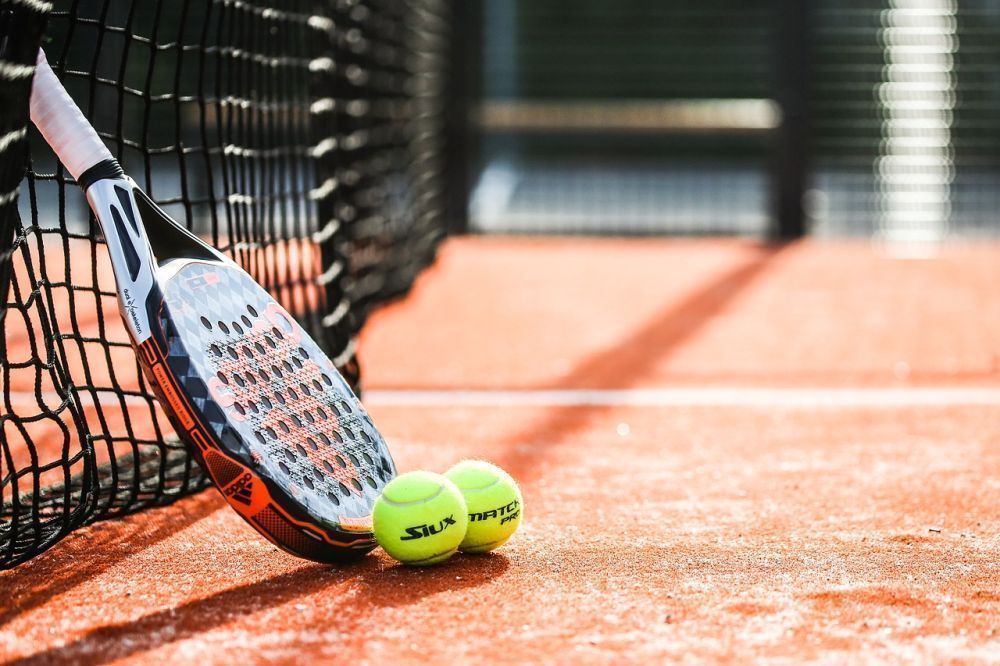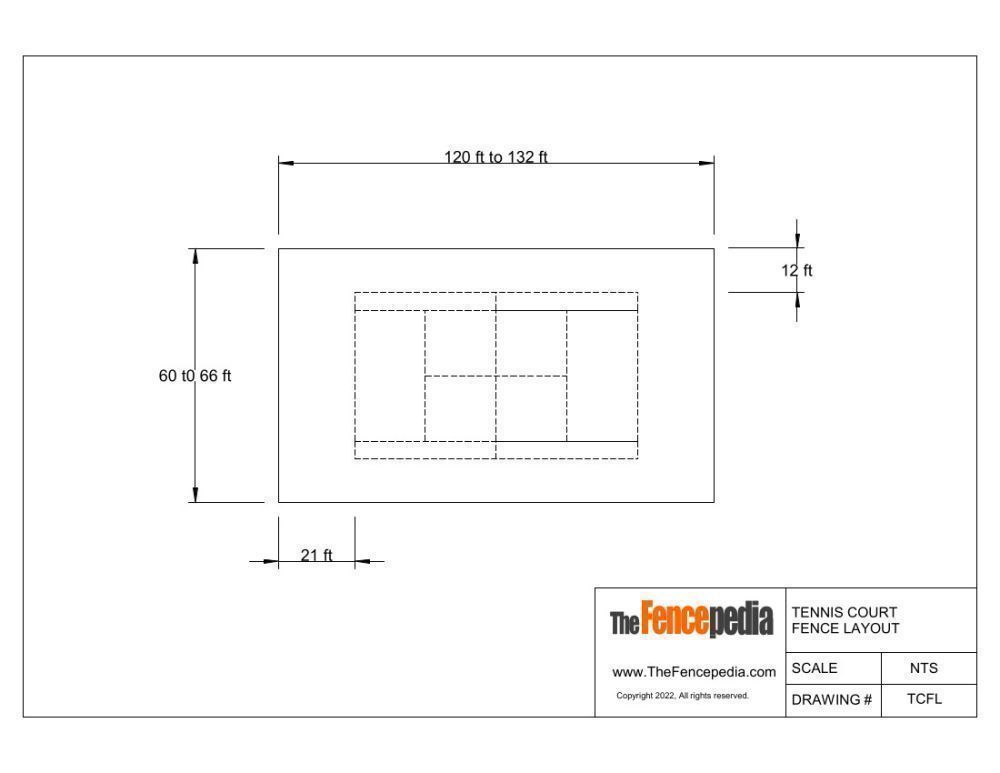
A Guide to Tennis Court Fence
Most people don’t really notice the fences they see on various sports fields and facilities. After all, they’re not the main attraction!
However, good quality fencing is a huge part of the infrastructure for many sports, and tennis court fences definitely fall into that category. Here’s what you need to know about designing, constructing and maintaining tennis court fence systems.
Why Do We Need Tennis Court Fences?
If you’re a fan of watching tennis, you’ve probably seen the famous tennis courts at Wimbledon and other major tennis events. None of them have fences, so why do we need tennis court fences?
The reality is that those famous tennis courts and arenas are very contained, and there’s no risk that a stray ball will escape and injure someone or damage property.
Ordinary tennis courts that are not in a purpose-built arena don’t have that advantage, which means when a ball goes astray, it could hit pretty much anything.
Most of us also don’t have a team of ball boys crouched on the sidelines, just waiting to fetch our stray balls! Tennis court fences also help to keep play moving by limiting how far your ball can go.
Many tennis courts also operate on a membership system or are reserved for certain clubs, schools or community centers. A tennis court fence with lockable gates is a good way to keep the courts reserved for those people and to protect them from vandalism or damage, which, unfortunately, is often a problem.
What Kind of Tennis Court Fences Are There?
There are several kinds of fencing that are used for tennis courts, but the most common is probably PVC-coated chain link fence or PVC-coated welded mesh panels.
These types of fences are strong enough to stop a ball, reasonably economical and durable. They are also easy to see through, so spectators on the outside of the fence have a clear view of the game on the court.
Tennis court fences usually also have a powder-coated post and rail structure, which matches the mesh chosen for the fence. This improves the aesthetics of the fence.
Unlike baseball diamond fencing and backstops, tennis court fencing is not always made from thicker wire mesh, mainly because a tennis ball is not as hard and heavy as a baseball, and it’s not likely to damage a thinner fence when it hits it.
How Tall Are Tennis Court Fences?
Standard specifications for tennis court fencing can vary a little, but as you would imagine, they do need to be fairly tall to catch all those rogue tennis balls.
Most tennis court fences are 10 or 12 feet tall, or if you work in metric, about 3 to 3.6 meters.
Sometimes, when you have multiple courts next to each other, the interior fences will be a little lower, which will decrease the overall cost of the fence slightly.
How Much Fence Does a Tennis Court Need?
Again, this depends a lot on how many courts you need to fence, and the distance from the court to the fence can vary a little.
However, the dimensions of a typical single tennis court fence would be similar to the downloadable image below.

Download Tennis Court Fencing Drawings
-
Tennis Court Fencing PDF
DownloadDownload this file FREE!
Take me to my files! ×To make sure you're a human and not a bot, please enter your email address below.
-
Tennis Court Fencing JPG
DownloadDownload this file FREE!
Take me to my files! ×To make sure you're a human and not a bot, please enter your email address below.
Based on these dimensions, you will need between 360 and 396 linear feet of tennis court fencing, or about 110 to 120 linear meters if you work in metric.
What Kind of Gates Do Tennis Court Fences Have?
Of course, being fully fenced, you do need gates to access your tennis courts, and in this case, they are usually single-leaf gates or man gates, usually about 4’ or 1200mm wide and 6 or 7 feet or 1.8 to 2.1 meters tall.
Most tennis court fence gates have a transom panel above, which is just a fixed panel that makes up the space between the top of the gate and the top of the fence.
Gate hardware can range from simple, standard gate hinges and latches to mag locks and tag readers for members-only facilities.
What Kind of Maintenance Do Tennis Court Fences Need?
Fortunately, tennis court fences tend to last a reasonably long time since they are usually galvanized and then color coated, which makes them extra resistant to corrosion.
They don’t take as much of a beating as some other types of sports fences either, so aside from the occasional minor repair, you shouldn’t have to do too much maintenance on your tennis court fence.
If you are installing your tennis court fence in an area that is prone to vandalism and where it is accessible to the public, you might want to consider a higher security welded mesh product instead of a chain link fence, which can be easier to cut through.
Where Can You Get Tennis Court Fencing?
If you are having a tennis court built, chances are your tennis court builder will already know where to get the fencing your court needs.
If you are looking to reference a court or just want to find out pricing or other tennis court information, you should speak to a fence contractor or distributor. Most of the materials required for tennis court fencing are not available from retailers like hardware stores, and you will need to speak to a specialist to get the right information.
Not all fence companies install tennis court fencing, either. Most have a niche or special type of fencing that they prefer, so you might have to call around a little to find the right company for your project.
Tennis court fences might not look complex, but they can be tricky to install since the surface of the court needs to be preserved, and the dimensions need to be spot on. So make sure you’re working with a fence company that has experience in this type of fencing.


